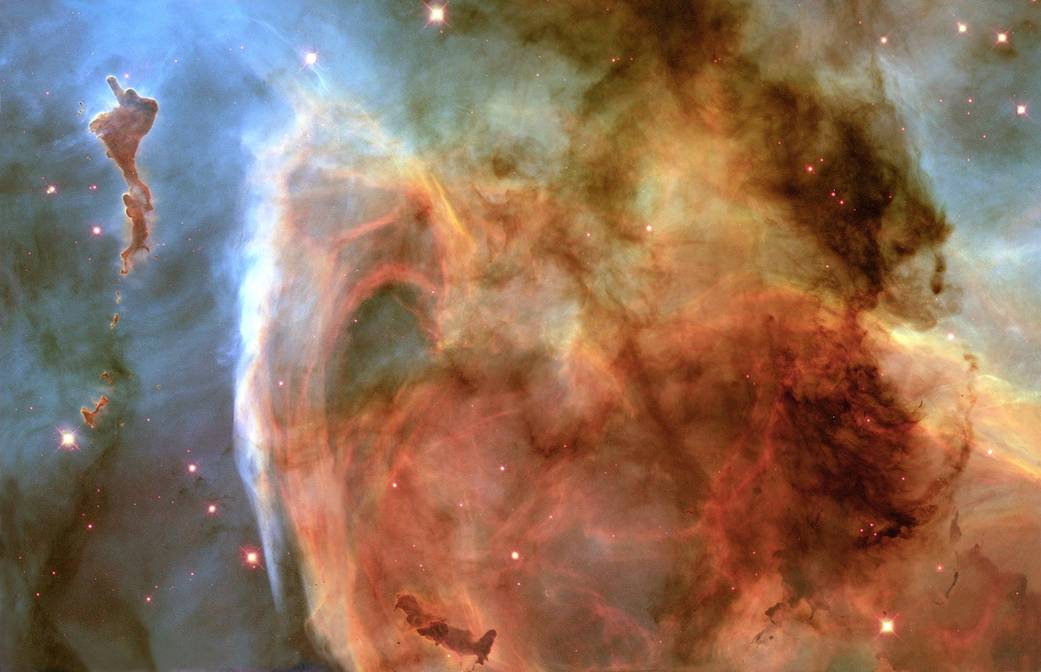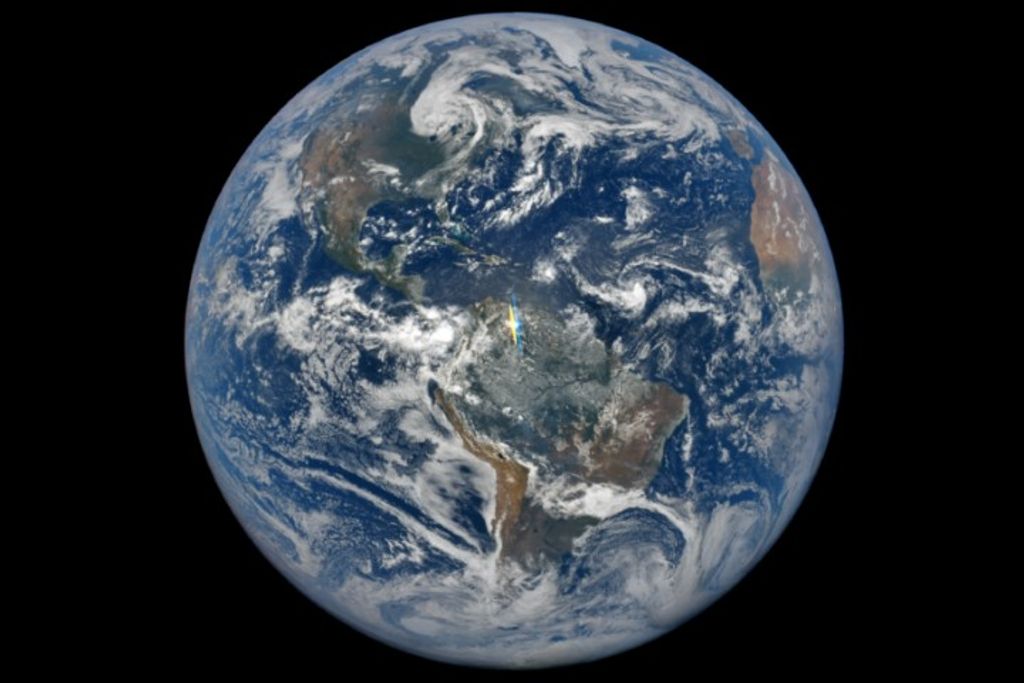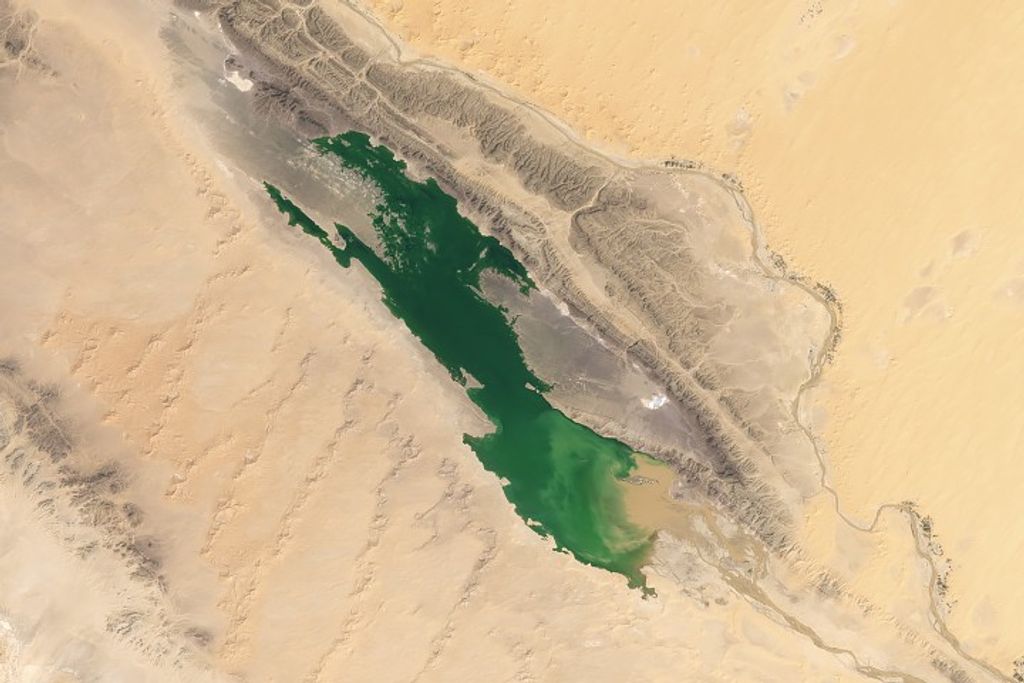
Previously unseen details of a mysterious, complex structure within the Carina Nebula (NGC 3372) are revealed by this image obtained by NASA’s Hubble Space Telescope. The picture is a montage assembled from four different April 1999 telescope pointings with Hubble’s Wide Field Planetary Camera 2, which used six different color filters.
This region, about 8,000 light-years from Earth, is located adjacent to the famous explosive variable star Eta Carinae, which lies just outside the field of view toward the upper right. The high resolution of the Hubble images reveals the relative three- dimensional locations of many of these features, as well as showing numerous small dark globules that may be in the process of collapsing to form new stars. Two striking large, sharp-edged dust clouds are located near the bottom center and upper left edges of the image. The former is immersed within the ring and the latter is just outside the ring. The pronounced pillars and knobs of the upper left cloud appear to point toward a luminous, massive star located just outside the field further toward the upper left, which may be responsible for illuminating and sculpting them by means of its high-energy radiation and stellar wind of high-velocity ejected material.
These large dark clouds may eventually evaporate, or if there are sufficiently dense condensations within them, give birth to small star clusters. The Carina Nebula, with an overall diameter of more than 200 light- years, is one of the outstanding features of the Southern Hemisphere portion of the Milky Way. The diameter of the Keyhole ring structure shown here is about 7 light-years.Image Credit: NASA, the Hubble Heritage Team and Nolan R. Walborn (STScI), Rodolfo H. Barba’ (La Plata Observatory, Argentina), and Adeline Caulet (France).
























